Coffee in Ethiopia
Hello dear readers, this time around we are going to talk about a very important ritual in Ethiopia. I am talking about something that takes place in each household, be it rich or poor. This feature is what gives an Ethiopian its distinctive characteristic as a human being amongst a group of people. The particular satisfaction it gives to the taste buds and the whole ritual that goes around it makes this Ethiopian elements one-of-a-kind. If you haven't guessed yet what the topic for this article is going to be, well, let me give it out to you. I am talking about the one and only Ethiopian coffee. In this article I will be sharing why Ethiopian coffee is special and I will also compare it with other types of coffees. I will also try to illustrate its origins and where the coffee market is actually going in Ethiopia.
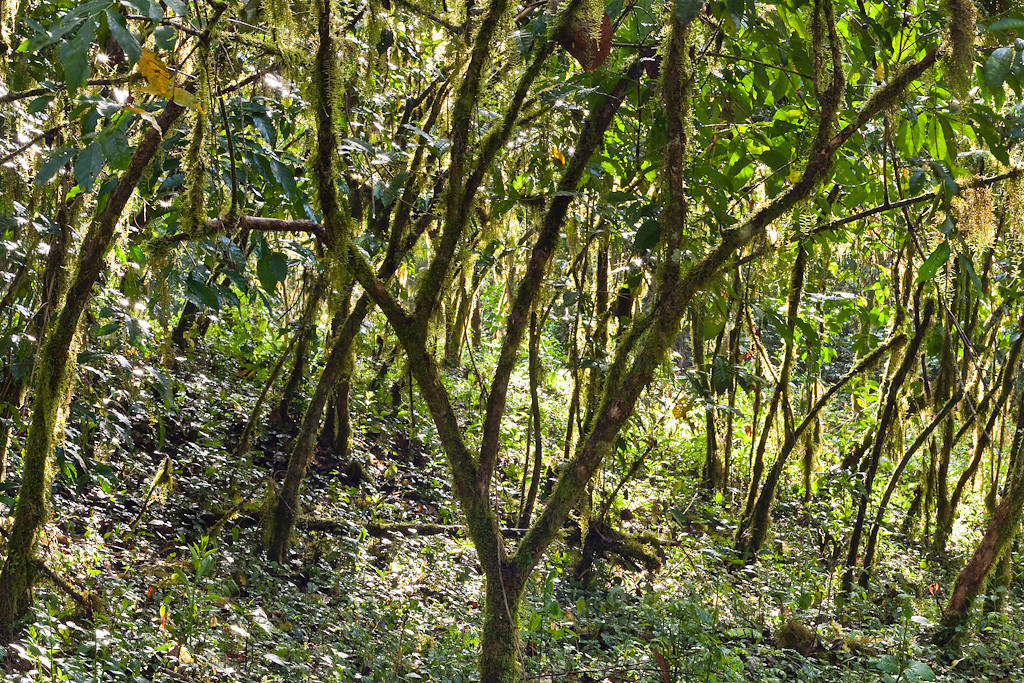
Background on coffee
The word coffee comes from a region in Ethiopia called 'Kaffa', which is very similar to the word used worldwide to indicate this black coloured drink. Just in the few languages I know (Italian = caffè, French = cafe, Polish = kawa, Amharic = bunna). All of this words are, as many etymologists say, of the same root-word. Whenever there is the chance to tell this story to friends and people in general around a coffee, it is always a pleasant moment for me because I get the chance to shed some light on the matter. My ancestors tell the story that this aphrodisiac drink being initially discovered by goat farmers in the mountains and highlands of Ethiopia. As usual the goats were free to roam around and feed themselves from any green leafy tree they find in their immediate vicinity. Turns out that at a certain point they start to continuously eat from a certain tree and next the same goat keepers notice that the goats were much more active and energized than usual. So to find the cause behind it the goat keepers started to carefully study every move of the goats and what they were eating. After some trials they found the energy boosting tree and with much surprise they started to make use of it as well. Of course in the beginning coffee was consumed differently as opposed to today's stereotypical Starbucks coffee on-the-go.
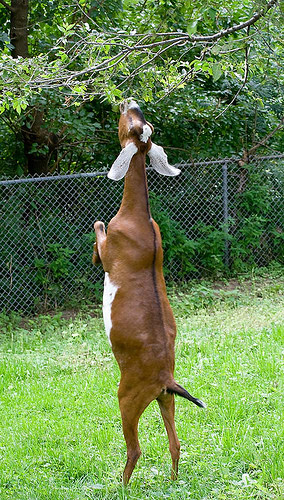
The big coffee ceremony
If you have had the chance to visit Ethiopia or want to visit it someday, you will notice that coffee takes a major part in the life of an ordinary Ethiopian. Prepare yourself now because I am going to take you on a private tour in and around Ethiopian coffee ceremony. We will start from the raw ingredient, green coffee beans, up until the final result, an aromatic and fragrant coffee flavour running down your throat.
- First thing first, you have to get the green coffee beans. Initially the beans come in small round dark red coloured shells which must be crushed in order to take the coffee beans from the inside. Once out of the shell the small green coffee beans are washed several times and laid outside so that they can dry under the sun and the wind. At this point it means that it is ready to be divided and weighed in many bags and distributed to the vast majority of local Ethiopian markets, ranging from whole sellers to small local shops. Whenever you look for raw coffee beans in Ethiopia you will find this. So go for a walk and stop by a shop and ask for some coffee and capture the smell of green coffee beans, which for me is something that I can't forget about as it is something that I grew up with.

- Once you have the green beans, the next step is to wash the coffee beans and rinse them with possibly warm water. Be sure that as you wash them under running water their 'jacket' comes off. In other words, when you roughly rub them together you will notice a thin transparent layer coming of the coffee beans. No worries, this means you are giving them a good wash and that is what they exactly need. Continue rinsing until the water comes out clean and almost transparent.
- Now the next step is the roasting of the coffee beans. What you need is the traditional roasting pan called 'mankeshkesha'. It is a skillet with many holes on the bottom to ensure a nice and even roasting of the coffee beans. If you don't have this particular pan, you can simply use a frying pan and a fork to help you with moving around the coffee beans as they are being roasted and therefore gradually changing colour. The initial light green coloured coffee bean slowly turns into a dark brown shade.
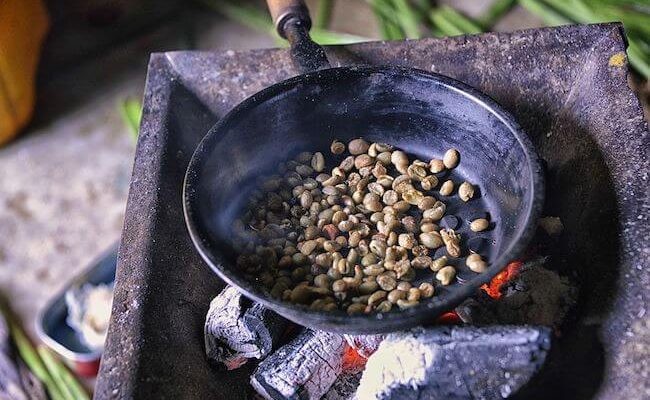
- Many people agree that the taste of the coffee depends on the roasting of the coffee beans, so be careful as you do it because you can easily go from amazingly roasted coffee beans to burnt and bitter coffee. To avoid such thing use a medium-low heat and right about the end turn the heat heat down to the lowest, as the coffee beans have a tendency to get burnt quickly. Again the Ethiopian tradition calls for a charcoal burner to be used as it makes the roasting process slower and there for easier to control. But any other gas or electric burner should also work fine. An amazing thing about roasting your own coffee beans is that the smoke that comes from the roasting coffee beans is so good. I have so many memories on how my mother would make this and the whole house was smelling like fresh coffee. At times from the amount of smoke coming from the roasting I even thought that the house was on fire or something so you can just imagine the situation.
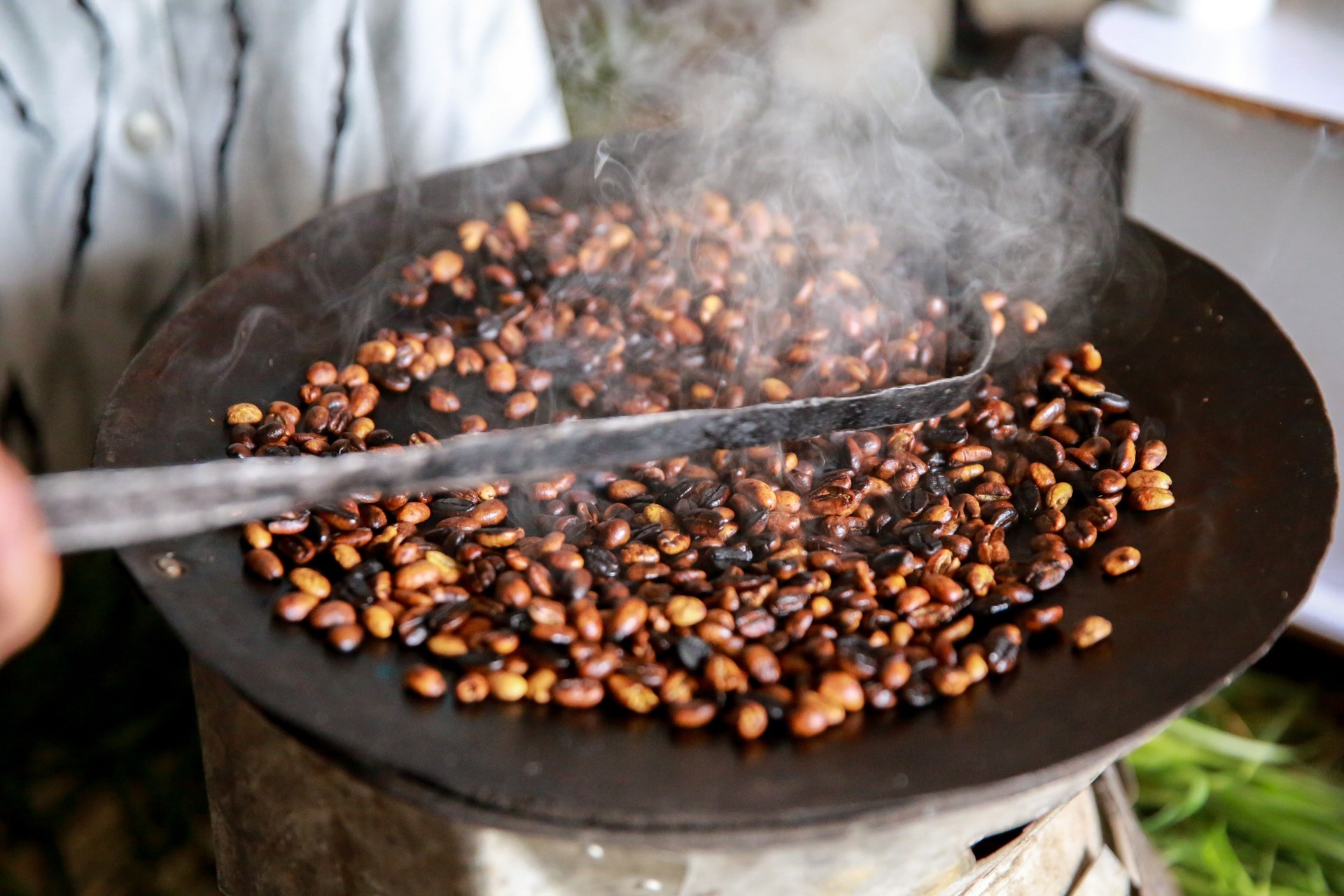
- The following step is the grinding of the roasted coffee beans. Again the tradition calls for typical objects used to grind the coffee such as a mortar and another piece of metal tube used to crush the roasted coffee beans. To do this you need some practice and you also need to be careful not to hurt yourself, as I once did. So given the fact that our modern day lives makes it difficult to do everything the traditional way, nowadays people simply use a food processor or an electric coffee grinder, which more or less gives similar results in terms of the final result which is the grounded coffee. There is also a big discussion when it comes to how much you should grind your coffee. Some say that the coffee has to be completely turned into a fine powder while others say that coffee beans must be roughly grinded so to leave some bigger and some smaller coffee beans. You can actually choose for yourself once you make coffee a couple of times and you'll find your preference. Anyhow the coffee grinding should take you from 3 to 5 minutes considering an electric machine doing the job for you.

- The next important step is the preparation of the coffee drink itself. In Ethiopia we use a traditional coffee pot made of clay. In most cases, if not in all, these coffee pots called 'gebena' are handmade and they come in different sizes, shapes and colour depending on the region they represent. In my household I always saw the black one with two holes; the bigger hole used to pour in the water and then the coffee powder and the smaller hole which is almost at the bottom of the pot is used to pour the coffee in the various cups. So like any Ethiopian would do, grab your 'gebena' and fill it halfway with cold water and as the water is about to boil start adding coffee powder. Now I tried to understand how much coffee goes into how much water and how much people you serve it but I have never found criticise or a mathematical quantity so you have to make it a couple of times get it wrong and then actually figure out what the best coffee to water proportion is for you. Once you add in the coffee expect it to boil quickly and sometimes it might give you a surprise because given the high temperature and pressure inside this clay pot it may erupt and coffee might start coming out abruptly so always have a small cup of water near you so that you can use it to to slow down this coffee eruption. Again also in this situation I saw some accidents happening of people may be getting their hands or face burnt by the boiling coffee so be cautious and maybe before you do it see someone else and learn beforehand.
- Another Ethiopian custom when drinking coffee is to always have some sort of food or a munchie so that you don't drink the coffee on your empty stomach. So expect some food to be served with coffee and of course if you prepare coffee be sure to have one. Examples of the snacks are popcorn both salty and sweet, different types of grains, bread or you might even have lunch.
- Another fun parts of the coffee ceremony is the many decorations and adornments you put around the coffee, such as flowers and freshly cut grass which sometimes give you the feeling that you're just sitting outside even though you are inside. Something that will always stick in my memory is also the smell of the incense together with some other types of aromatic woods and minerals that is burnt while making coffee. The smell of it just helps you to decompress and to release all of the tension that comes from your busy rhythm of life. Maybe this is why the Ethiopian coffee ceremony is regarded as not only pleasing because you drink coffee but also therapeutically regenerativeas you sit down, smell different aromas and observe all of the goodness from the people around you and from the atmosphere.
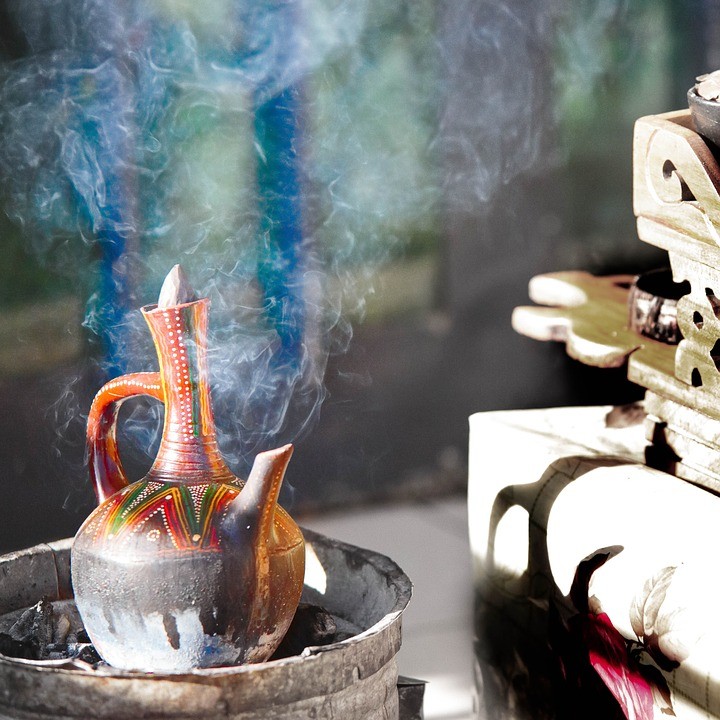
- As soon as the coffee is ready, you will notice some vapour coming out of the clay pot, so right then you have to take it away from the fire and let it sit for a bit, usually 3 to 5 minutes, but again you don't have a time for that, you just feel it. As all of the coffee sediments on the bottom of the clay, you should then slowly pick up the clay pot and pour the coffee in all of the small cups you have already arranged in front of you. Tradition calls that coffee cups must be filled to the brim. Next the coffee is served in small coffee cups on small plates together with a spoon to all the guests that have been waiting for the coffee. Coffee may be served with sugar or salt, depending on the taste of the drinker. Older people like my grandma and her friends prefer to drink coffee with a little bit of salt and they enjoy it while younger people would rather go for sugar. On special occasions coffee is served with clarified butterwhich is a kind of butter full of spices and prepared at home. I must say that I've tried only once coffee with butter and it is very pleasing, but also have it a drink because just after a cup you really feel it in you.
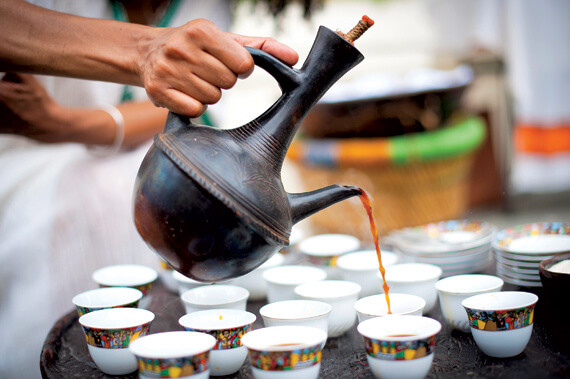
- Traditionally coffee is not one cup deal. In Ethiopia for each coffee ceremony every guest is invited to have three small cups of coffee. The first one being very strong pure and aromatic and as you go to the second and third cup the caffeine is less powerful as we just add more water into the clay pot and boil the rest over and over again. So be reminded there is no saying that you had enough or you don't want to drink, you just take the first one which is a strong coffee then it gets lighter as the second and third cups come in gradually. No worries because from the first cup to the second into the third you will enjoy many conversations and also have the chance to have some snacks and distract yourself while also engaging yourself into a deep conversation or more simply sharing a joke or like experience. This is the main reason why coffee takes so long to prepare and drink in Ethiopia. For most of the Ethiopians, coffee is not just like any other drink. The whole ceremony is a get-together event where you share your problems and difficulties, thus also announce important events in your life. So if an Ethiopian person would invite you for a coffee think about it twice before you decline as he might just need some comforting talk or it's just a reason to sit down and relax and enjoy some quality time together.
- One important aspect of pouring coffee is how you slowly move your arm. Tradition calls for a thin line (something similar to a cascade of coffee) being slowly poured into the cups without making any sudden or abrupt movements, even if your arm is about to break in pieces. Abrupt arm movements must be avoided because they mess up the clearness of the coffee. Remember that there is no filtering system in the clay pot.
Thank you very much for taking time time to read this article. I hope it was interesting and fun, while discovering a thing or two about Ethiopian coffee tradition.
Photo gallery
Content available in other languages
- Español: Café en Etiopía
- Italiano: Il caffè in Etiopia
Want to have your own Erasmus blog?
If you are experiencing living abroad, you're an avid traveller or want to promote the city where you live... create your own blog and share your adventures!
I want to create my Erasmus blog! →












Comments (0 comments)